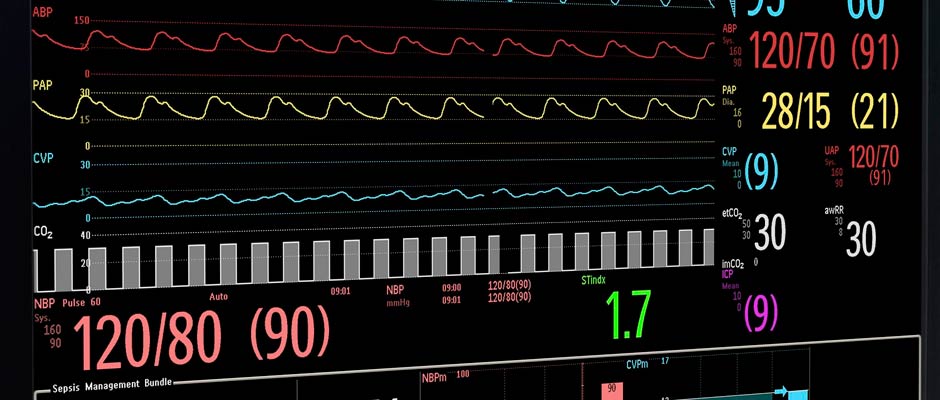
Heart treatments
Cardiology, CardiovascularCardiology
Coronary angiography, basicly an invasive diagnostic procedure, is a special technique which is used to help diagnose heart conditions, help plan future treatments and carry out certain procedures.
Coronary angiography is considered to be the best method of diagnosing coronary heart disease (where a build-up of fatty substances in the coronary arteries affects the heart’s blood supply).
A coronary angioplasty is a procedure used to widen blocked or narrowed coronary arteries.
Coronary angioplasty and stent insertion, usually referred to as percutaneous coronary intervention (PCI), is a modern angioplasty procedure involving inserting a short wire-mesh tube, called a stent, into the artery during the procedure.
The stent is left in place permanently to allow blood to flow more freely.
Pacemaker implantation is a surgical procedure where a small electrical device called a pacemaker is implanted in patient’s chest,sending regular electrical pulses to help keeping heart beating regularly.
It is one of the most common types of heart surgery and having a pacemaker fitted can greatly improve patient’s, even can be lifesaving for some people.
Peripheral angiography is an imaging technique used to assess the health of the arteries supplying blood to leg muscles if it’s thought that the blood supply has become restricted.
Peripheral angioplasty and stenting are two ways to open blocked peripheral arteries (in the legs) in order to treat peripheral arterial disease.
After the insertion of the catheter a tiny baloon is inflated in order to improve the blood flow. A stent (small mesh tube) may also be placed at the same time in the blocked area and left in place to help keep artery open.
Cardiovascular surgery
A coronary artery bypass graft (CABG) is a surgical procedure used to treat coronary heart disease. It diverts blood around narrowed or clogged parts of the major arteries to improve blood flow and oxygen supply to the heart.
Mitral valve replacement surgery is a surgical procedure to treat mitral valve regurgitation or mitral valve stenosis. Valve replacement is typically done as an open-heart surgery. Minimally invasive types of surgery may be another option.
Aortic valve replacement is a type of open-heart surgery and is used to treat problems with the heart's aortic valve. If the aortic valve is no longer working properly, surgery is usually needed to replace it.
Heart surgery in children is done to repair heart defects a child is born with (congenital heart defects) and heart diseases a child gets after birth that need surgery. The surgery is needed for the child's well being.
Ventricular and atrial septal defects are common forms of congenital heart diseases.
A ventricular septal defect (VSD) occurs when there’s a hole between the 2 pumping chambers of the heart (the left and right ventricles).
An atrial septal defect (ASD) is the persistence of a hole (the foramen ovale) in the wall (septum) between the right atrium and left atrium of the heart.
A large atrial septal defect and some types of ventricular septal defect can be closed with a special device inserted with a catheter. If the defect is too big or not suitable for the device, surgery may be needed to close the hole.
Carotid artery disease is also called carotid artery stenosis. The term refers to the narrowing of the carotid arteries, usually caused by the buildup of fatty substances and cholesterol deposits, called plaque.
NICE recommends that people who have had a stroke or TIA and have a moderate or severe stenosis should have a carotid endarterectomy.
Surgery will sometimes be recommended when patient is found to have severe stenosis.
